Impact Story
Chania
The Her City project in Chania, Greece is a unique project in the sense that it is a partnership between UN-Habitat and an academic institution: the Chania Technical University of Crete. So far, the academic course “Planning the Smart and Virtual City”, has engaged 40 urban planning undergraduate students.
Facts
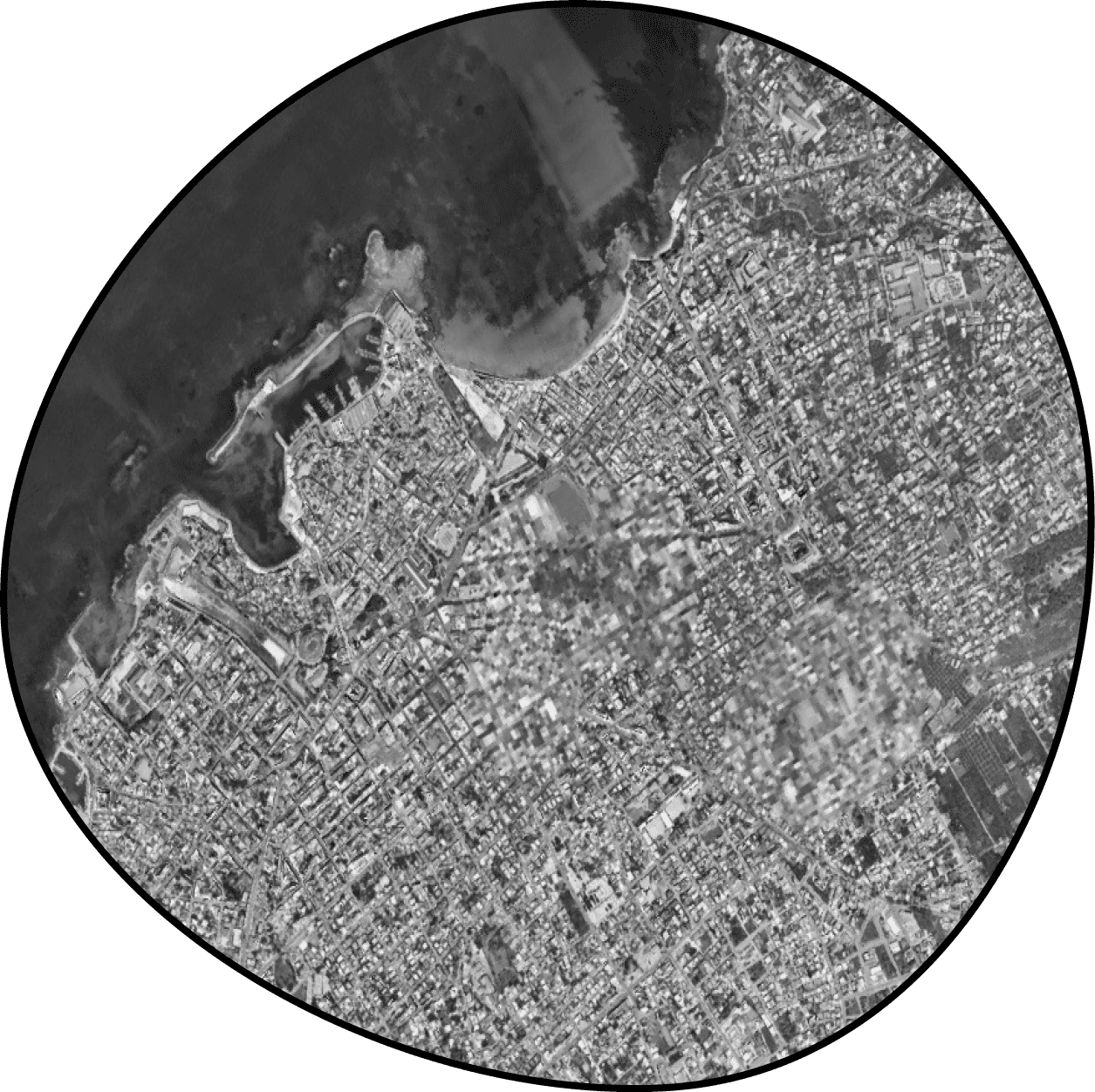
Category: Public and private sector
Location: Chania, Greece
Time: July 2021 – ongoing
Partners: Chania TUC University, Municipality of Chania
Participants: Undergraduate Master students at Chania TUC University
Her story
Challenges
The project utilised the toolbox as a part of a master programme, meaning it was the first time the toolbox was tested as a part of an academic syllabus to train students in public space planning and design. The main aim is to improve safety and accessibility across the different public spaces selected for the various students projects. Other areas of improvements were the cleanliness of spaces, the heath in spaces by the lack of trees or other structures for shade, inadequate seating and lighting. In addition, specific challenges were identified for each public space: in Korai, the Markou Botsari park, the Platia Agoras market and the Dikastiria square the participants stated that they would feel unsafe in the space specifically at night time. Furthermore, the participants stated that sidewalks are in poor condition and lack ramps and other accessible features in Korai, the Markou Botsari park, the Smirnis street as well as the Dikastiria square. Lastly, the students identified traffic related issues such as noise, cars violating traffic codes and double parking making the Markou Botsari park, the 1866 square and the Dikastiria square less accessible and more unsafe.
Solutions
The course was organised into lectures and training sessions, to build capacities among the students on the different tools, while applying them immediately in a real scenario. Alternating theory and practice enable the students to learning by doing and gain a practical understanding of the toolbox, while digesting principles of inclusive and accessible urban design. The students have been divided into groups working on different parts of the city creating opportunities to include many public spaces in the same project.
Opportunities
The students have developed ten site-specific public space assessment report (one for each group), evaluating the current conditions of the public spaces and proposing few recommendations for the next steps, including strategies and design solutions. The students have developed technical skills for stakeholder engagement, public space assessment, co-design and project management. The outcomes of the workshop will be presented to the local government. The efforts of the students could be a starting point of a broader research project, assessing the overall public space network of Chania. The public space assessment reports provide inputs for evidence-based design guidelines on how to regenerate the public space network of Chania.
Impact
40 students have tested the methodology of the toolbox and as professionals have engaged in urban planning utilising tools that are accessible and user friendly for non-professionals as well. The mayor has been supporting the initiative since the early start, seeing the potential of an Her City project in Chania. There is interest to implement the proposal developed by the students with actions placemaking and tactical urbanism. The project has caught the attention of other municipalities in Greece and other universities, willing to replicate the process.
Lessons learned
The lessons learned during the project is that the toolbox works in academic settings, as well as in settings of non-profit organisations or private companies. The University of Chania has established a good connection with the local government from the start of this collaboration, engaging them in workshops and sharing regular updates. This is a good practice to open opportunities for next step and implementation, turning an academic exercise into tangible action for the community. The academic course could be replicated or run in parallel in different contexts and institutions, to improve peer to peer learning, reduce costs and increase opportunities for follow up actions.
Results
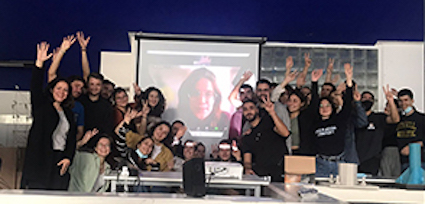
Block 1: Stakeholder engagement
A multi-stakeholder team of girls and professionals to mainstream youth, gender and socio-economic perspectives throughout the entire planning, design and implementation process.
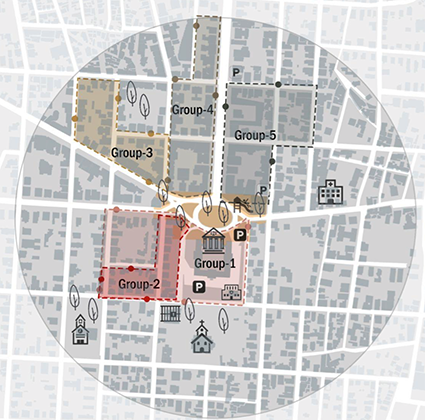
Block 2: City wide assessment
A city level analysis based on girls and young women’s observations and a list with their top priority spaces to be improved.
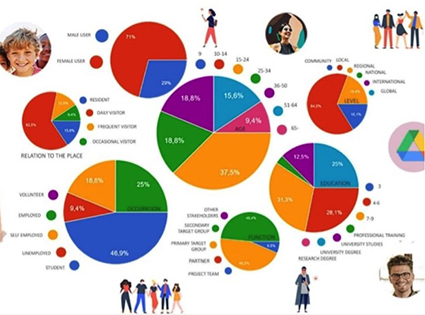
Block 3: Site specific assessment
Collecting quantitative and qualitative data by girls and young women on the state of the space that is considered a top priority for improvement.
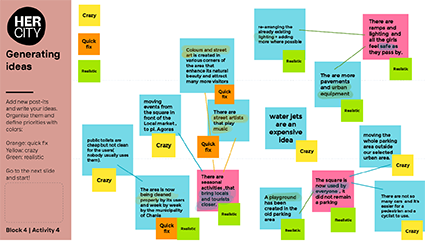
Block 4: Analysing challenges
A joint vision for the space based on a detailed analysis of the girls’ needs and current privileges in the space.
Block 6: Recommendations
A joint action plan for the space where girls and professionals negotiate ways forward for implementation and potential impact of the project.
Block 7: Action plans
Detailed plans collaboratively developed by the girls and professionals for the construction phase including cost estimations and maintenance plans.
Block 8: Sharing results
Approval to move forward and start construction from decision-makers and community and spreading of knowledge gained throughout the project.
Related SDGs
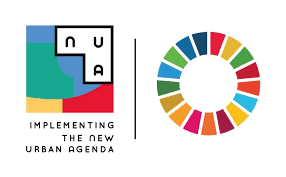
The project relates to the 2030 Agenda Sustainable Development Goals (SDGs) 5, 10, 11, 16 and 17.
About
Contact
hercity@un.org
Follow us
Facebook: @HerCity
Instagram: @HerCityToolbox
Twitter: @HerCityToolbox
YouTube: @HerCity
TikTok: @HerCity
#HerCity
#UrbanGirlsMovement
Her City is a joint urban development initiative by UN-Habitat (the United Nations Human Settlements Programme) and Shared City Foundation.